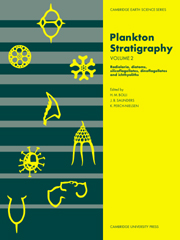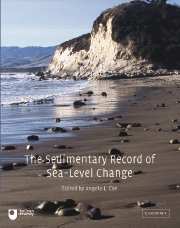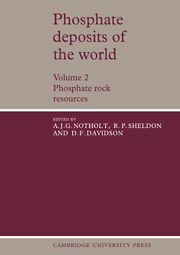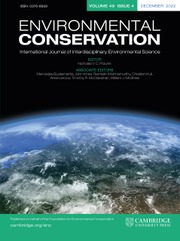Principles, Methods and Application of Particle Size Analysis
Much of the world's surface, even under the oceans, is covered in thick deposits of sedimentary particles - gravel, sand, silt and clay. The nature of the deposits and their formation is very much dependent on the distribution of particles of different sizes. However, different instruments measure different attributes of a particle's size, based on how fast a particle settles in water, or the surface area of a particle, or its length. This book provides information on the how and why of particle size analysis in terms of understanding these sediment deposits.
Product details
March 2011Adobe eBook Reader
9780511875380
0 pages
0kg
This ISBN is for an eBook version which is distributed on our behalf by a third party.
Table of Contents
- List of contributors
- Preface
- Acknowledgements
- Part I. Introduction:
- 1. Principles and methods of geological particle size analysis I. N. McCave and James P. M. Syvitski
- 2. The effect of grain shape and density on size measurement Martin D. Matthews
- 3. The effect of pretreatment on size analysis Martin D. Matthews
- Part II. Theory and Methods:
- 4. Principles, design and calibration of settling tubes James P. M. Syvitski, Kenneth W. Asprey and D. A. Clattenburg
- 5. Methodology of sieving small samples and calibration of sieve set Kristian Dalsgaard, Jens Ledet Jensen and Michael Sørenson
- 6. Image analysis method of grain size measurement Stephen K. Kennedy and Jim Mazzullo
- 7. Quantitative grain form analysis Julian D. Orford and W. Brian Whalley
- 8. Electroresistance particle size analyzers T. G. Milligan and Kate Kranck
- 9. Laser diffraction size analysis Y. C. Agrawal, I. N. McCave and J. B. Riley
- 10. SediGraph technique John P. Coakley and James P. M. Syvitski
- 11. Size, shape, composition and structure of microparticles from light scattering Miroslaw Jonasz
- 12. Textural maturity of arenaceous rocks derived by microscopic grain size analysis in thin section Song Tianrui
- 13. Interlaboratory, interinstrument calibration experiment James P. M. Syvitski, K. William G. LeBlanc and Kenneth W. Asprey
- Part III. In Situ Methods:
- 14. In situ size measurements of suspended particles in estuarine and coastal waters using laser diffraction A. J. Bale and A. W. Morris
- 15. The Floc Camera Assembly David E. Heffler, James P. M. Syvitski and Kenneth W. Asprey
- Part IV. Data Interpretation and Manipulation:
- 16. Suite statistics: the hydrodynamic evolution of the sediment pool William F. Tanner
- 17. The hyperbolic distribution Christian Christiansen and Daniel Hartmann
- 18. Factor analysis of size frequency distributions: significance of factor solutions based on simulation experiments James P. M. Syvitski
- 19. Experimental-theoretical approach to interpretation of grain size frequency distributions Supriya Sengupta, J. K. Ghosh and B. S. Mazumder
- Part V. Applications:
- 20. Application of suite statistics to stratigraphy and sea-level changes William F. Tanner
- 21. Application of size sequence data to glacial-paraglacial sediment transport and sediment partitioning Jay A. Stravers, James P. M. Syvitski, and Dan B. Praeg
- 22. The use of grain size information in marine geochemistry Dale E. Buckley and Ray E. Cranston
- 23. Grain size in oceanography Kate Kranck and T. G. Milligan
- 24. The need for grain size analyses in marine geotechnical studies Francis J. Hein
- Index.







